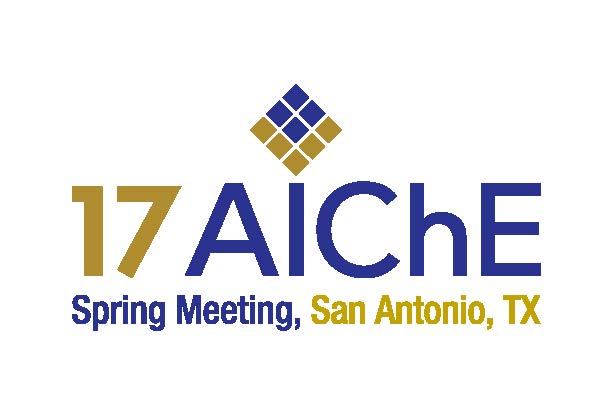

Session Selection: Â Process Safety Spotlights(T1F)
T1F00 Refining Process Safety - Oral Session
Â
The Integration of Inherently Safer Design and Control
Denis Su-Feher, Yogesh Koirala, Efstratios Pistikopoulos, and M. Sam Mannan
Mary Kay O’Connor Process Safety Center
Artie McFerrin Department of Chemical Engineering
Texas A&M University
College Station, Texas 77843-3122, USA
+1(408)838-8716, denis@tamu.edu
Abstract: Current inherently safer design strategies in the conceptual design stage focus on reducing the overall hazard of a new refinery without considering the operability of the process. The process is first designed to be inherently safer with respect to a nominal, steady state case and then, after the process is designed, layers of protection are added and operability issues are addressed. However, this sequential design approach does not account for the impact of the design itself on the operability of the refinery. A particular design may be safe with respect to its steady-state operation, but may suffer from operability issues. For example, an intensified process may contain less of a hazardous substance and thus be inherently less hazardous, but the design may restrict the controllability of the process, thus making the design have a higher risk and be less safe overall. A considerable amount of research has been done to simultaneously optimize the design and control system of refineries, but no such approach has integrated inherent safety, only seeking to produce an economically optimal design rather than a safe one.
The objective of this research is to implement a strategy to simultaneously design and control an inherently safer refining plant. Parametric Optimization and Control (PAROC), a simultaneous design and control framework will be used as a basis for the design and control of a refining process. Different inherently safer design indices will be integrated into PAROC, and the operability, safety, and economic profitability of the results will be compared.
An extensive literature review has identified indices by which controllability of a refining process can be quantitatively characterized and optimized along with the design, as well as inherently safer design indices that can be implemented into the PAROC framework. Simultaneous use of these inherently safer design and controllability indices will be compared to create a new index for the integration of inherently safer design and control.
With refinery systems and their dynamics becoming increasingly complex, consideration of operability issues in the design stage becomes even more necessary to prevent incidents. The integration of inherently safer design and control will substantially reduce operability issues that result from an uncontrollable process design and allow for greater tolerance and ease of control.
Keywords
Process Design & Development, Safe Design, Process Automation & Control
Presenter(s)
Language
Pricing
Individuals
| AIChE Member Credits | 0.5 |
| AIChE Pro Members | $19.00 |
| Employees of CCPS Member Companies | Free |
| AIChE Graduate Student Members | Free |
| AIChE Undergraduate Student Members | Free |
| AIChE Explorer Members | $29.00 |
| Non-Members | $29.00 |
